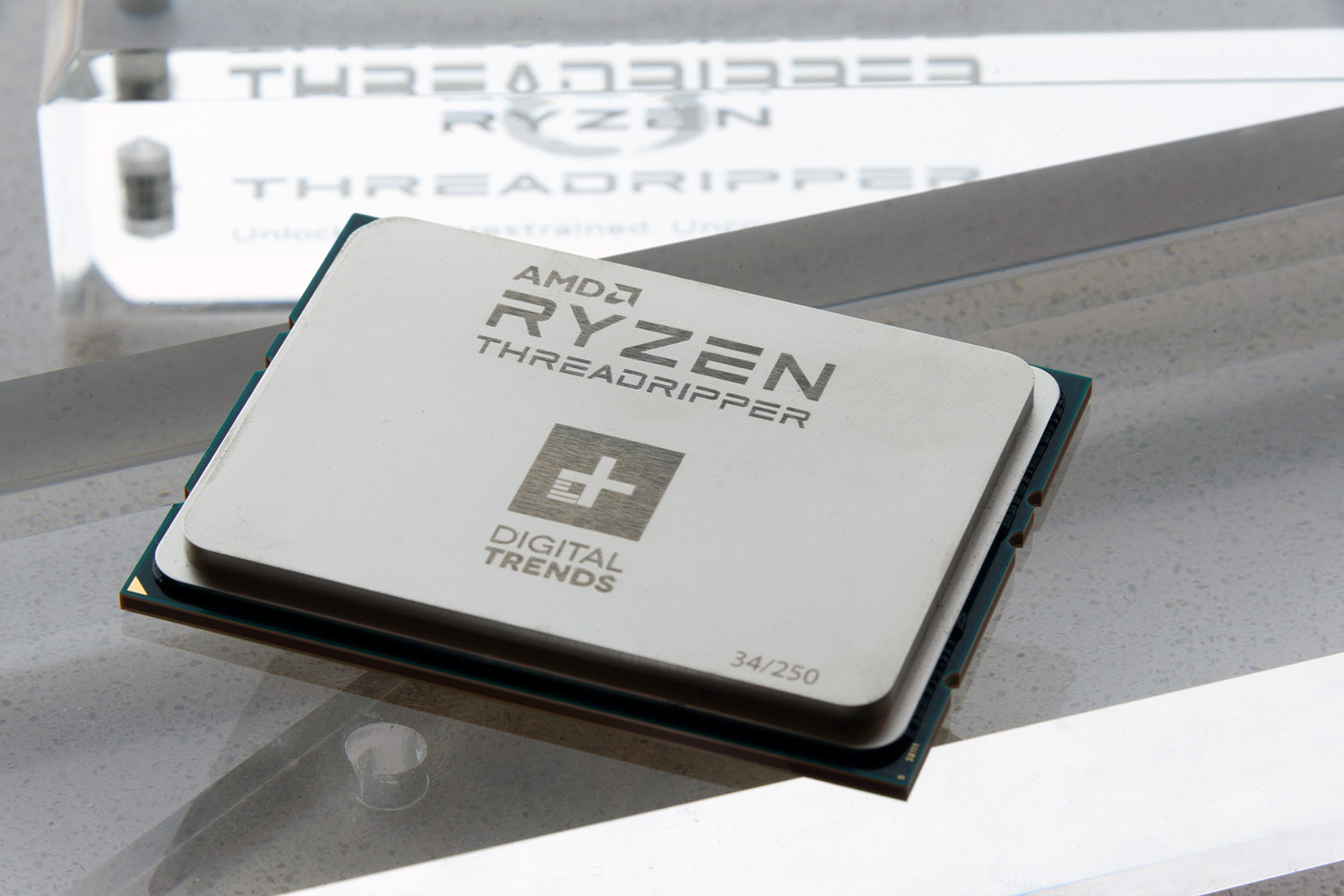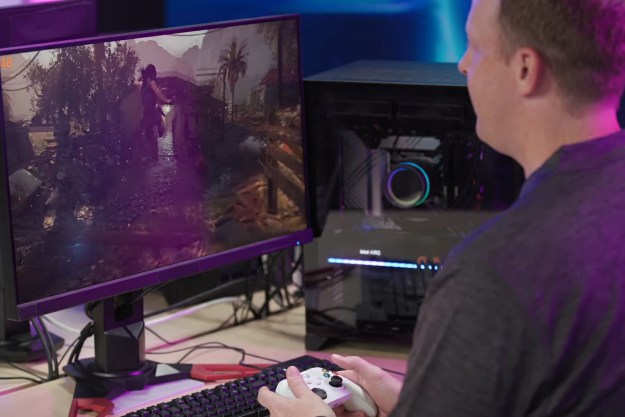
Remember that 28-core high-end-desktop CPU that Intel wowed everyone with at Computex? It was supposed to be capable of running at 5GHz and offer performance that was leaps and bounds ahead of its previous top-tier offerings in the Core i9 series. It turns out that chip was based on server hardware and was heavily overclocked to hit that kind of frequency.
That might be excusable if it hadn’t required a phase change cooler with a power rating that could be measured in horsepower to keep it running at manageable temperatures. But here’s the real kicker: According to Tom’s Hardware’s report on the matter, Intel claims it “forgot” to tell the crowds about the kind of cooling and aftermarket enhancement that such a chip would require to hit the levels of performance it displayed on stage.
Because of that cooler and the server-grade CPU that this “new” design is said to be based on, it may have required as much as 2,300 watts of power just to turn the system on, making it laughably unfeasible for anything but that very specific show debut. Considering the reveal of this supposedly groundbreaking design appeared to be cobbled together and tacked on the end of Intel’s stage show, its timing just before AMD’s own Threadripper 2 reveal is incredibly suspect.
Whether it was an attempt to take the wind out of AMD’s Ryzen 2 sails though doesn’t matter, because if anything Intel’s announcement made AMD’s even more exciting. Theadripper 2 has up to 32 cores and though we don’t know the clock speeds, they should be higher than the first-generation as all Ryzen 2 chips have been. It may not be 5GHz on all cores, but 4.5GHz on some is certainly feasible.
Most importantly though, those chips are real and definitely coming this year. Dell told us in a recent media briefing that it already planned to use Threadripper 2 chips in Alienware desktops in 2018. First generation Threadripper CPUs are competitive with Intel’s offerings that cost more than twice as much; Threadripper 2 could break new boundaries of consumer performance.

With Intel’s best effort being a prototype processor that’s far from release, AMD could be poised to take the ultimate CPU performance crown in the next few months. Intel will certainly offer stiff competition and likely better gaming hardware in the mid to high end of the consumer space, but AMD Threadripper 2 is currently poised to steal the top spot for high-end desktops and power users.
Editors' Recommendations
- Everything we know about Lunar Lake, Intel’s big next-generation chips
- What is CPU cache, and why is it so important for gaming?
- The best budget CPUs you can buy in 2024
- Best tools to stress test your CPU
- It just became the perfect time to buy a last-gen Intel CPU




